Onychophagia (Nail Biting) Triggers and Treatments

If you ever catch yourself compulsively biting your nails, you are far from alone. Nail biting is a common habit, especially for younger children. The clinical term for this habit is onychophagia. Nail biting or onychophagia is a type of body-focused repetitive behavior. Other common examples of body-focused repetitive behaviors include skin picking, hair pulling, finger sucking, and skin biting.
For some, a nail-biting habit may be a harmless behavior. For others, nail-biting may indicate a tic disorder, anxiety disorder, panic disorder, or other mental health problems.
While many children with this habit typically stop nail-biting and outgrow the habit by the time they reach adulthood. Others develop a chronic nail-biting habit that lasts their entire lives.
Let's take a look at what causes people to bite their fingernails, how they can break the nail-biting habit, and when they should seek medical help.
Onychophagia or nail biting: what is the reason behind it?
Nail biting is a habit that typically starts in childhood and often worsens for young adults. It is not always obvious why a person develops a particular chronic nail-biting habit, but once it has been established, it can be difficult to maintain control over it.
Stress and anxiety
Nail biting can be a nervous habit. When a child or young adult faces clinically significant distress, they may start nail-biting to relieve stress and anxiety.
Concentration
Occasionally, moments of intense concentration are characterized by absentmindedness rather than deliberate choice. You may be unaware that you are biting your nails while attempting to solve a problem.
Emotional or psychological problems
Researchers have found a correlation between body-focused repetitive behaviors such as nail-biting behavior, emotional symptoms, and the following psychiatric disorder:
- Tourette syndrome
- Separation anxiety disorder
- Attention deficit hyperactivity disorder
- Obsessive-compulsive disorder
- Oppositional defiant disorder
- Major depressive disorder
Not all individuals with these psychiatric disorders bite their fingernails. Similarly, nail biting does not always indicate psychological or mental disorders.
Frustration, Impatience, Boredom
Body-focused repetitive behaviors, such as nail biting, can become an automatic response to uncomfortable situations, such as boredom or frustration. It's something many do to keep themselves distracted.
Risks and Side effects of onychophagia or nail biting
Severe onychophagia can involve biting the nail, nail bed, thumb nails, and the surrounding tissue. It is uncommon for nail biters to experience long-term damage, but it is possible.
In addition to nail and surrounding skin discomfort, additional side effects may include:
- Abnormal-looking nails
- Fungal infections affecting the skin surrounding the nails and the nail plates
- Illness from transmitting viruses and bacteria from the hands to the mouth
- Damage to teeth, including dental resorption, misalignment, and chipping
- Pain in the temporomandibular joint (TMJ)
In addition, swallowing nails can raise the risk of developing an infection in the digestive tract or stomach.
Onychophagia or nail-biting treatment
Forming habits does not occur in a single night. Therefore, habit reversal can take time and determination.
If you are hoping to break the nail-biting habit once and for all but have some failed attempts in the past, don’t lose hope. There are several methods that to try to stop nail-biting for good.
Cognitive behavioral therapy (CBT)
During cognitive behavioral therapy, also known as CBT, a therapist will work with you to recognize unhelpful behavior patterns and provide positive reinforcement to encourage behavioral changes.
In most cases, the number of sessions and the action plan have already been determined in advance. CBT has the potential to be quite effective. According to the findings of the research, it is considered the "gold standard" of psychotherapy.
Make gradual changes
Instead of breaking a habit all at once, some people have more success by cutting back on nail-biting gradually.
Pick one finger that you won't put in your mouth. Carry on filing the nail of this finger until it becomes second nature and the nail appears to be in better health.
When you’re ready, choose another finger to keep out of your mouth and continue this pattern until you have just one finger remaining. Use that finger less frequently until you have completely broken the habit.
If you are unable to kick the habit entirely, try to cut down on the number of fingers you use.
Trim or manicure your nails frequently
It is best practice to trim fingernails regularly to limit the temptation for nail biters. Try to trim your nails on a set day and time each week, and take care of any hangnails or frayed edges. This will prevent you from being tempted to bite your nails.
One more choice is to see a professional manicurist regularly and have manicures done. Try having the manicurist apply a bitter-tasting polish to your nails to dissuade you from nail biting.
Replace the habit
A form of habit-reversal training is substituting an intolerable routine with a healthier habit. One way to stop nail biting is to keep your hands busy. To keep your hands occupied, think about getting a fidget spinner, a stress ball, or some silly putty.
Determine the causes of your onychophagia and treat them
What is causing your excessive nail-biting habit? Identifying the factors that contribute to this behavior will help you take steps to address the issue and stop biting. On some occasions, identifying what triggers your nail biting will be enough to stop you from doing it in the future.
Nails Covering
You can make an effort to wear gloves, but there are times when this won't be possible. Some people choose to cover their fingernails with tape, stickers, or bandages as a visual cue to prevent nail-biting.
Nails coating with bitter/sour polish
Habitual nail biting is common among people of all ages, especially children. As a result of this, there are bitter-tasting polish options available designed to assist you in giving up the habit. You won't get hurt if you put your nails in your mouth, but the taste will probably make you think twice about doing it.
You can find them in stores that sell nail polish or ask a manicurist or a dermatologist about them.
When to see a doctor
Nail biting that is not severe does not require treatment from a medical professional. However, you should seek psychiatric evaluation or professional treatment if any of the following symptoms occur to you:
- Nails separating from the surrounding skin
- Thinning or thickening of the nails
- Ingrown nails
- Swelling or pain around the nails
- Bleeding around the nails
- Curled nails
- Nail discoloration
- Nail infections or skin infections
- Fungal infections
- Nails that have stopped growing
Consider seeing a mental health professional if you have repeatedly attempted to quit by habit reversal therapy but have been unsuccessful or if you are experiencing stress or anxiety. The mental health professional will ask you for your detailed patient history to help develop a professional treatment plan. Changing your behavior may be facilitated by addressing the problem's root cause.
Conclusion
Onychophagia, or nail biting, is referred to as a body-focused repetitive behavior that can range from mild to severe. In most cases, the symptoms first appear during childhood. It's possible that some people will outgrow it, but for others, it can turn into habitual nail biting that lasts a lifetime.
Biting one's nails is typically considered a harmless cosmetic issue that does not require a doctor's attention. However, body-focused repetitive behaviors like excessive nail biting, cheek chewing, lip biting, and other related disorders can cause infection and dental problems that require treatment.
Several techniques can help you prevent nail biting. Identifying the cause is advantageous, though it is only sometimes obvious. CBT is an effective method for altering behavior patterns if you have attempted habit reversal coping mechanisms to break the pattern without success.
References
- How to stop biting your nails. (n.d.). How to Stop Biting Your Nails. https://www.aad.org/public/everyday-care/nail-care-secrets/basics/stop-biting-nails
- David, D., Cristea, I., & Hofmann, S. G. (2018). Why Cognitive Behavioral Therapy Is the Current Gold Standard of Psychotherapy. Frontiers in psychiatry, 9, 4. https://pubmed.ncbi.nlm.nih.gov/29434552/
- Ghanizadeh A. (2011). Nail biting; etiology, consequences and management. Iranian journal of medical sciences, 36(2), 73–79. https://pubmed.ncbi.nlm.nih.gov/23358880/
- Fingernail do’s and don’ts. (2022, January 22). Mayo Clinic. https://www.mayoclinic.org/healthy-lifestyle/adult-health/in-depth/nails/art-20044954
- Sachan, A., & Chaturvedi, T. P. (2012). Onychophagia (Nail biting), anxiety, and malocclusion. Indian journal of dental research : official publication of Indian Society for Dental Research, 23(5), 680–682. https://pubmed.ncbi.nlm.nih.gov/23422619/
- SIDDIQUI, D., QURESHI, D., MAREI, D., & MAHFOUZ, D. (2017). Onychophagia (nail biting): A body focused repetitive behavior due to psychiatric co-morbidity. Journal of Mood Disorders, 1. https://doi.org/10.5455/jmood.20170204031431





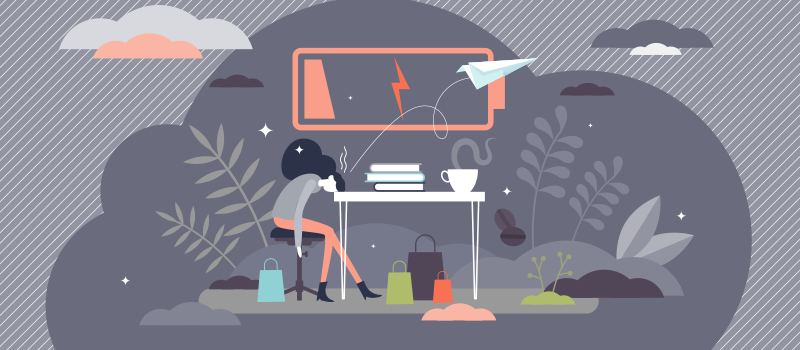


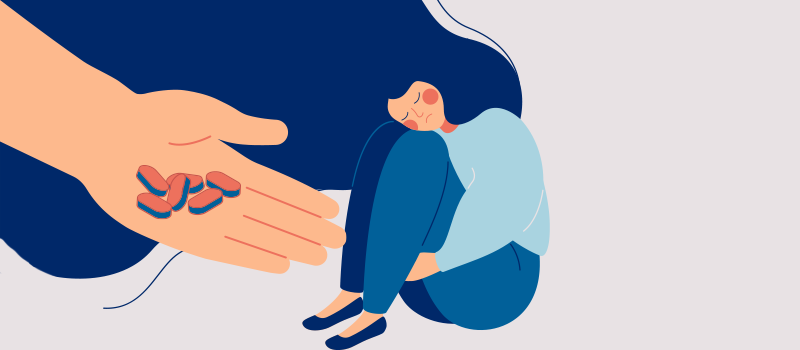
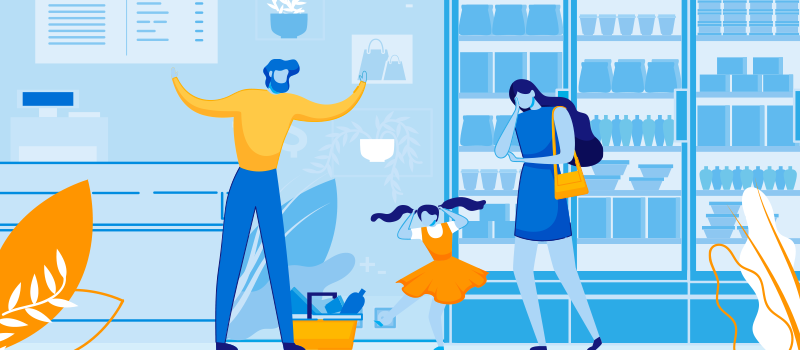
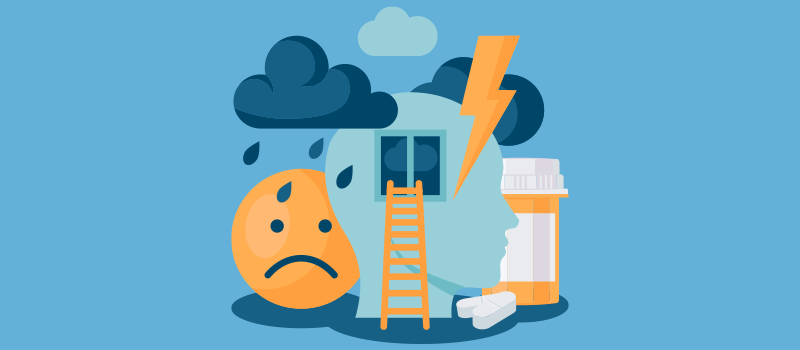
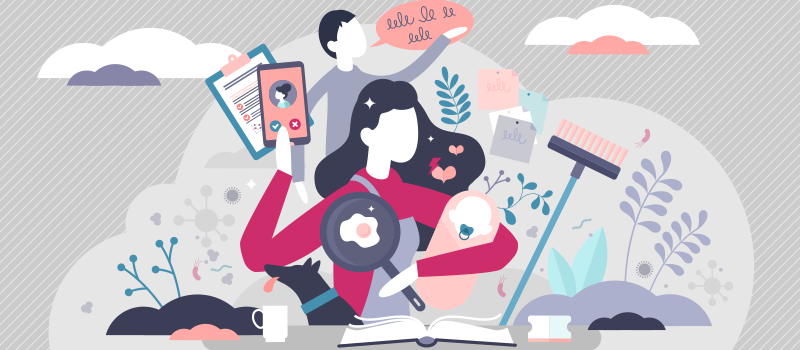
SOCIAL